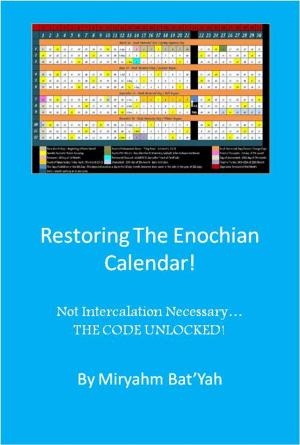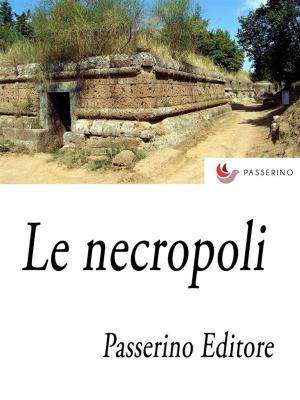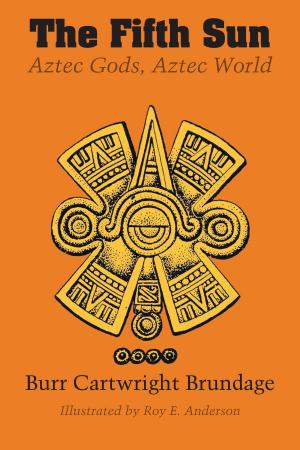The Religions of Ancient Egypt and Babylonia
Nonfiction, Religion & Spirituality, Reference, Antiquities & Archaeology| Author: | A. H. Sayce | ISBN: | 9788893150606 |
| Publisher: | A. H. Sayce | Publication: | September 18, 2015 |
| Imprint: | Language: | English |
| Author: | A. H. Sayce |
| ISBN: | 9788893150606 |
| Publisher: | A. H. Sayce |
| Publication: | September 18, 2015 |
| Imprint: | |
| Language: | English |
It is through its temples and tombs that ancient Egypt is mainly known to us. It is true that the warm and rainless climate of Upper Egypt has preserved many of the objects of daily life accidentally buried in the ruins of its cities, and that even fragments of fragile papyrus have come from the mounds that mark the sites of its villages and towns; but these do not constitute even a tithe of the monuments upon which our present knowledge of ancient Egyptian life and history has been built. It is from the tombs and temples that we have learned almost all we now know about the Egypt of the past. The tombs were filled with offerings to the dead and illustrations of the daily life of the living, while their walls were adorned with representations of the scenes at which their possessor had been present, with the history of his life, or with invocations to the gods. The temples were storehouses of religious lore, which was sculptured or painted on their walls and ceilings. In fact, we owe most of our knowledge of ancient Egypt to the gods and to the dead; and it is natural, therefore, that the larger part of it should be concerned with religion and the life to come.
It is through its temples and tombs that ancient Egypt is mainly known to us. It is true that the warm and rainless climate of Upper Egypt has preserved many of the objects of daily life accidentally buried in the ruins of its cities, and that even fragments of fragile papyrus have come from the mounds that mark the sites of its villages and towns; but these do not constitute even a tithe of the monuments upon which our present knowledge of ancient Egyptian life and history has been built. It is from the tombs and temples that we have learned almost all we now know about the Egypt of the past. The tombs were filled with offerings to the dead and illustrations of the daily life of the living, while their walls were adorned with representations of the scenes at which their possessor had been present, with the history of his life, or with invocations to the gods. The temples were storehouses of religious lore, which was sculptured or painted on their walls and ceilings. In fact, we owe most of our knowledge of ancient Egypt to the gods and to the dead; and it is natural, therefore, that the larger part of it should be concerned with religion and the life to come.















